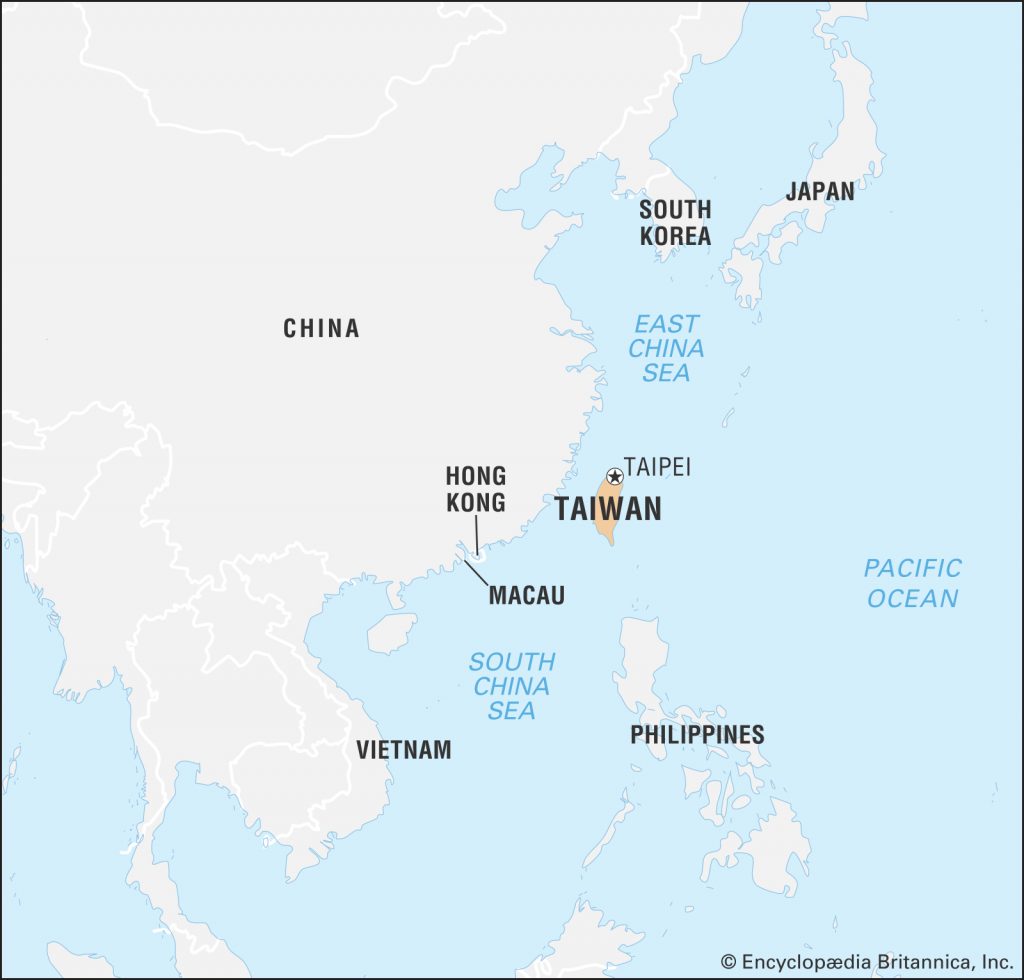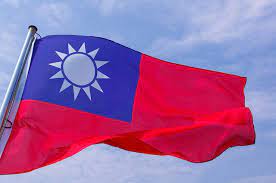The island of Taiwan is currently facing the worst drought in recent history.
As we assess the factors- both historic and present- that caused this drought, it is important that we pay attention to the politics, demographics, and markets of the country.
Brief Overview of Taiwan
The Republic of China controls the main island of Taiwan, along with over 22 islands in the Taiwan group and 64 islands to the west in the P’eng-hu (Pescadores) archipelago (Britannica).

The Chinese government’s claim over Taiwan renders the state ineligible to participate in the United Nations, which in turn provides barriers for more impactful action pertaining to climate change.
Taiwan's Current Drought
This spring marks the worst drought and water shortage crisis that Taiwan has faced in 70 years (Global Times).
The biggest freshwater lake, Riyue Tan, has dried up.
As of March 15, the Zengwen Reservoir in Chiayi County was down to just 15.3 percent of its capacity, Liyutan Reservoir in Miaoli had plummeted to 13.7 percent, and Techi Reservoir in Deji Reservoir in Taichung was down to just 8.2 percent (Taiwan News).
The drought is caused by the notable absence of typhoons during this past spring’s typhoon season. These seasonal typhoons contribute more than half of the country’s water supply, and this year’s absence has had dire implications.
Interestingly enough, this crisis can’t just be blamed on the vengeful arm of climate change- it also has ties to resource mismanagement.
Some claim that the current crisis in Taiwan is not JUST due to a lack of water supply but rather a fundamental mismanagement of water resources and the lack of adequate infrastructure needed for proper management.
Pipe leakage in particular seems to be a major problem, resulting in loss of water. Although pipe leakage has reduced by 20% in the last decade, the country has lost nearly 14% of water to leaking pipes (BBC).
Response
The government has responded to the drought by curtailing supply in some water-intensive areas, namely two cities which are hubs of semi-conductor production.
In mid-October, the state Water Resources Agency announced plans for three new reservoirs.
As previously mentioned, Taiwan’s absence from the United Nations and ties to China provide barriers to more precise action .
Impacts of this Climate Crisis
Within the last 50 years, the frequency of droughts has stayed the same but their severity has gradually increased, according to the government’s National Science and Technology Center for Disaster Reduction.
Typhoon season, which up until 2010 consisted of three or four typhoons a year, now averages 2.5 a year (Reuters).
Taiwanese climate scientist Chia Hsin-hsing calls this climate-change-caused-phenomenon the “golden bell force-field”. According to his research, the decrease in frequency of typhoons and increase in periods of drought is caused by high-pressure zones merging in the upper atmosphere over the Pacific and Southeast Asia.
This force-field phenomenon is undoubtedly the cause for pressure on water resources in the country. Although citizens, particularly those belonging to marginalized communities, are clearly most affected by this drought, global consequences are at play.
Global Impacts of Taiwan's Drought
As the world’s largest manufacturer of semiconductor chips (a $645 billion industry), Taiwan plays a major role in the global economy (Sydney Morning Herald).
These chips, essential to the production of consumer electronics, require water in the production process.
Purified water is used to cleanse semiconductor chips of impurities before they are usable.
The current drought paired with resource strains caused by COVID-19 and the increase in natural disasters disrupting industry all over the world, is already causing problems globally. Due to the COVID crisis and heightened demand for semi-conductors, the world is already facing the worst global chip shortage in recent history (Wall Street Journal). This drought is only going to make things worse.

